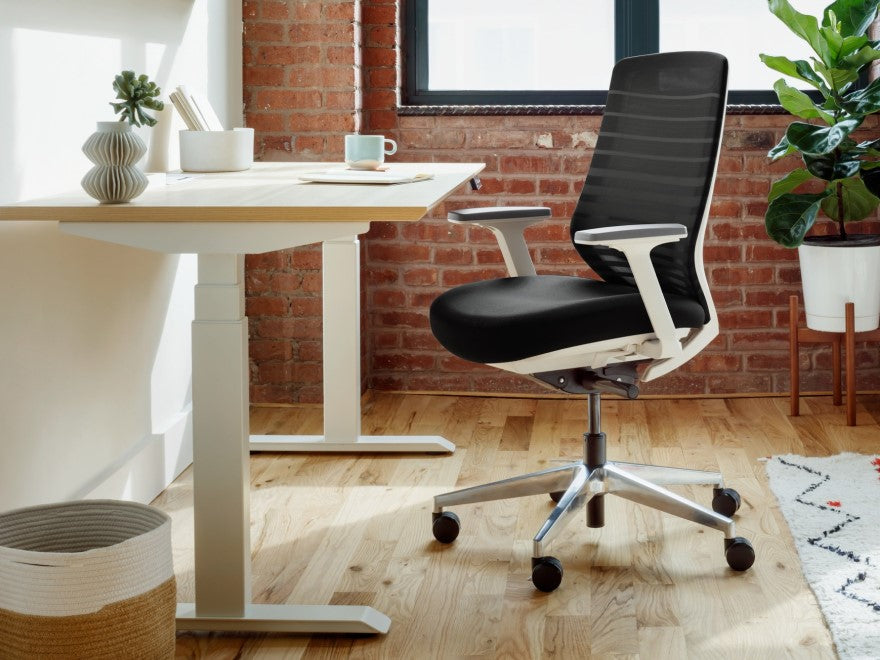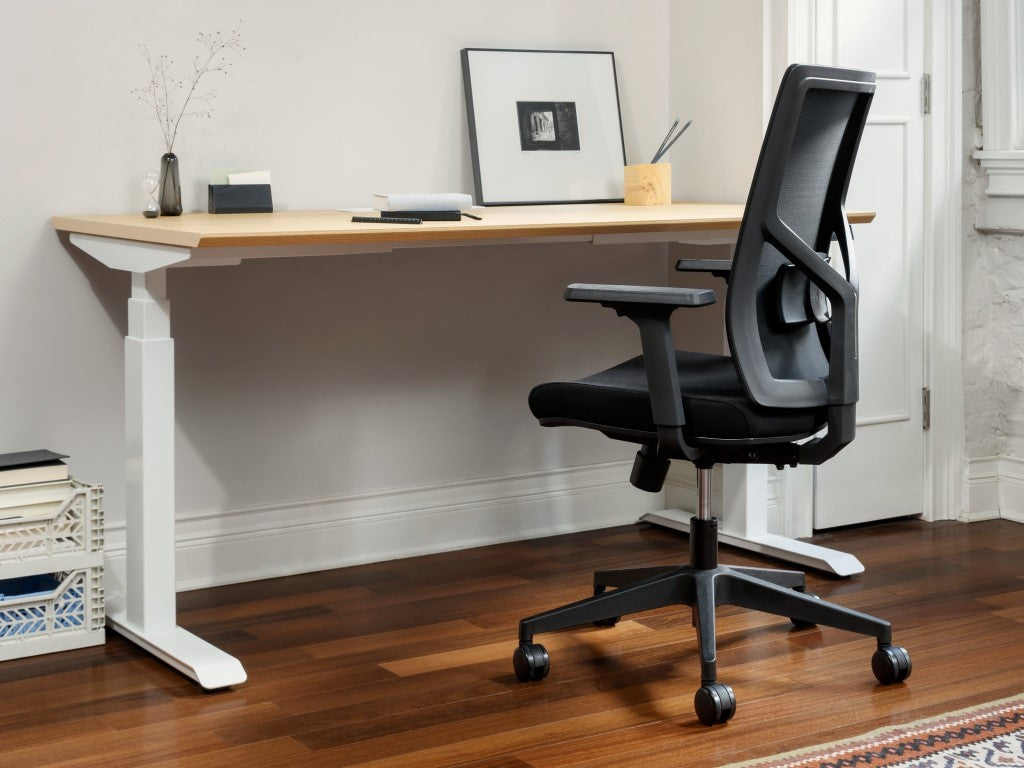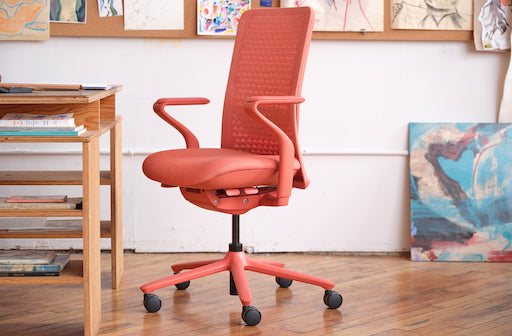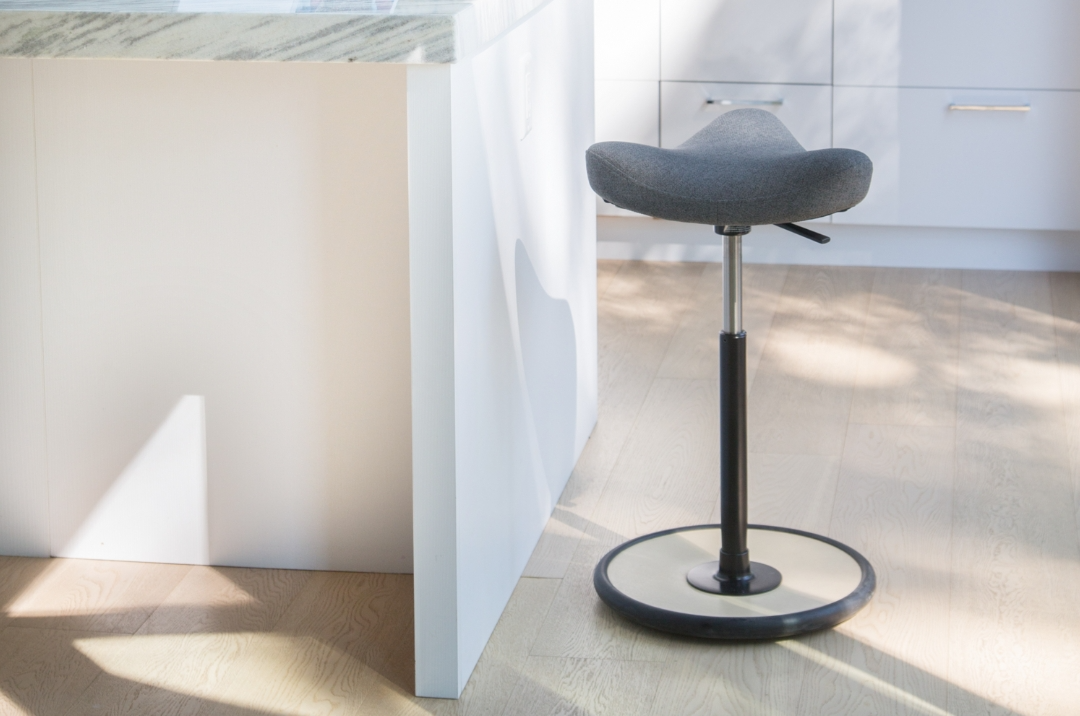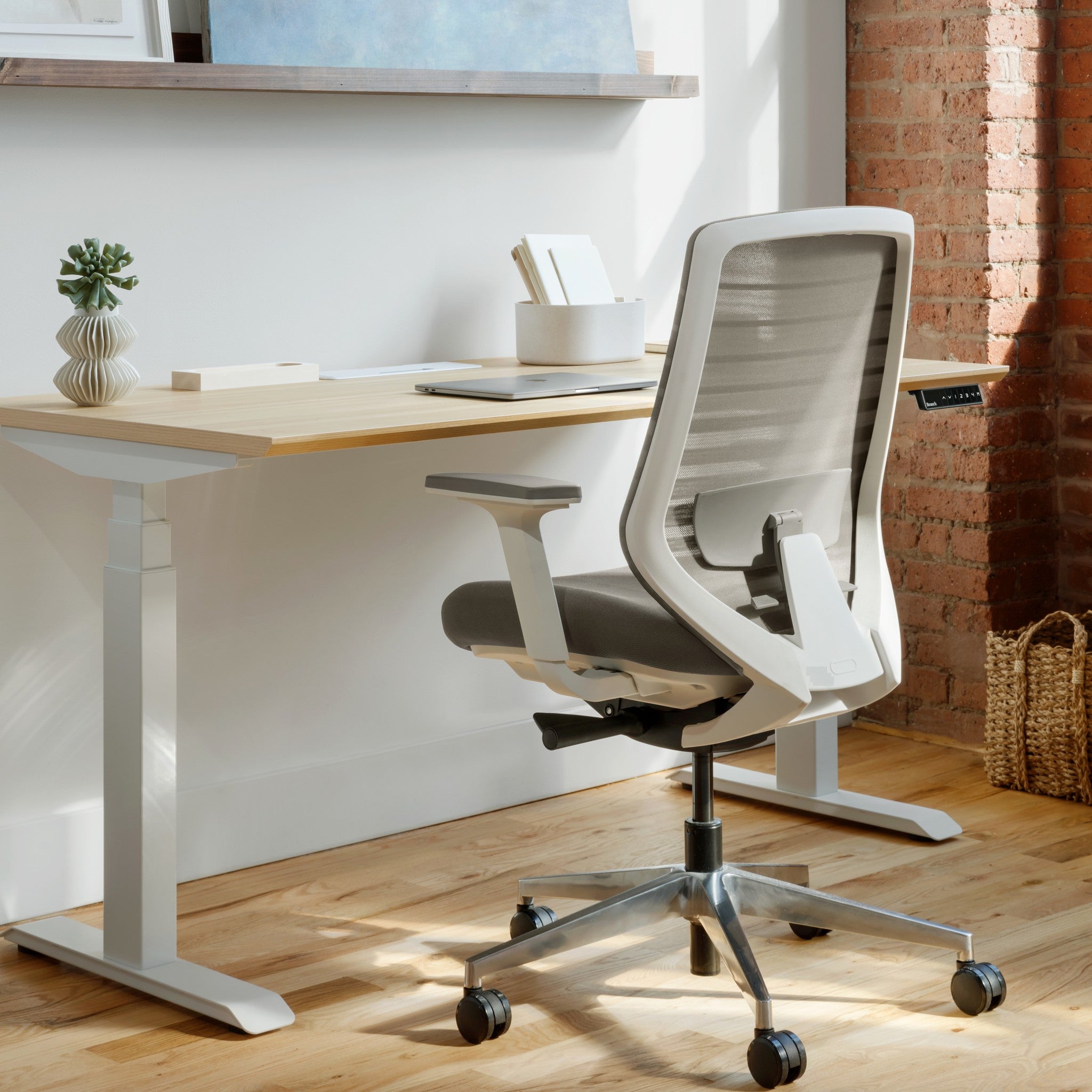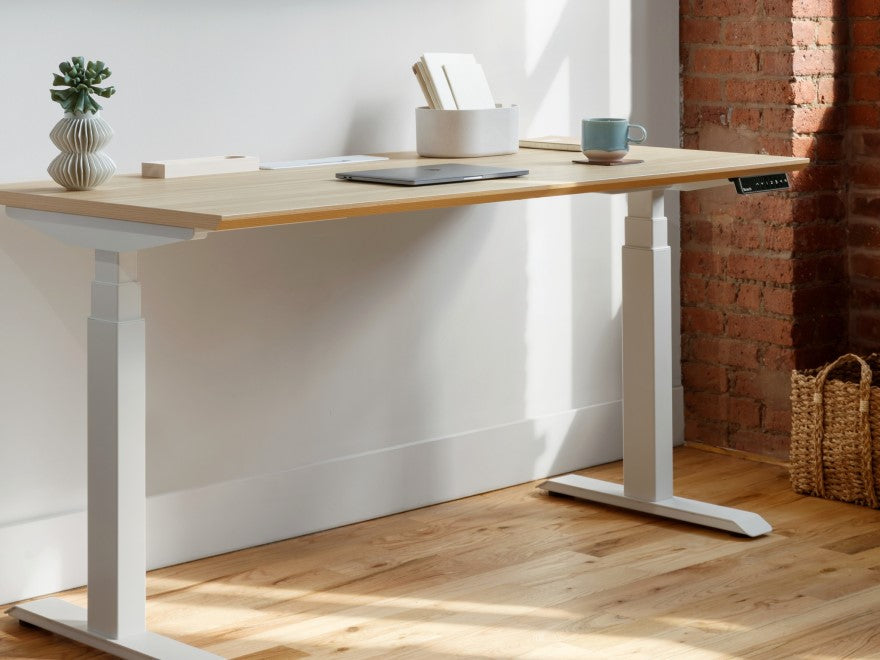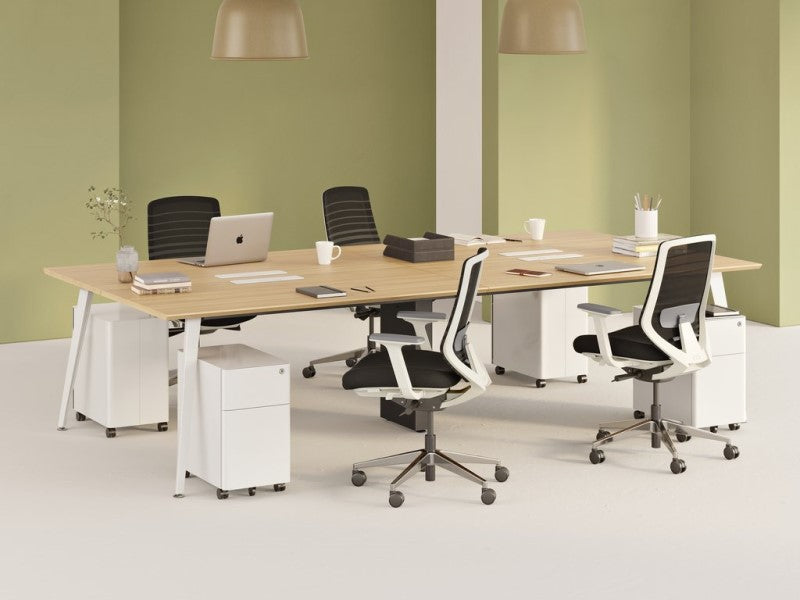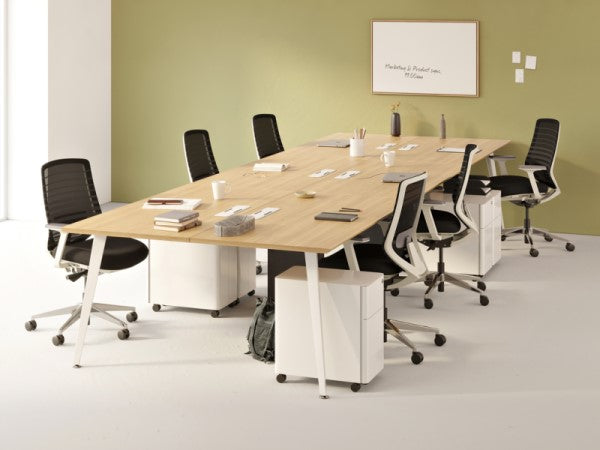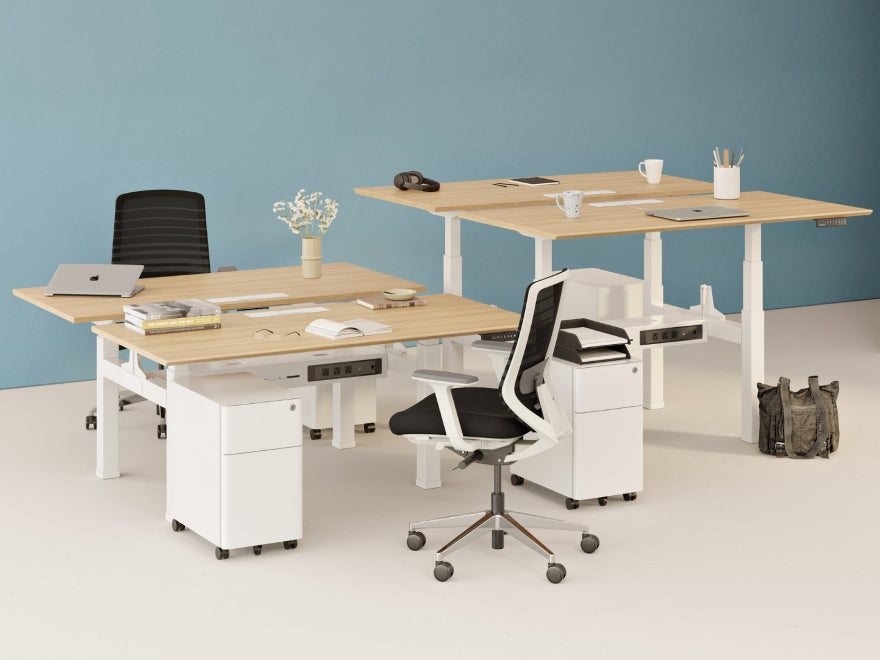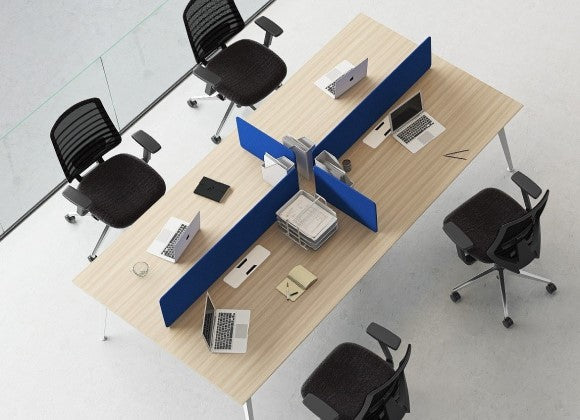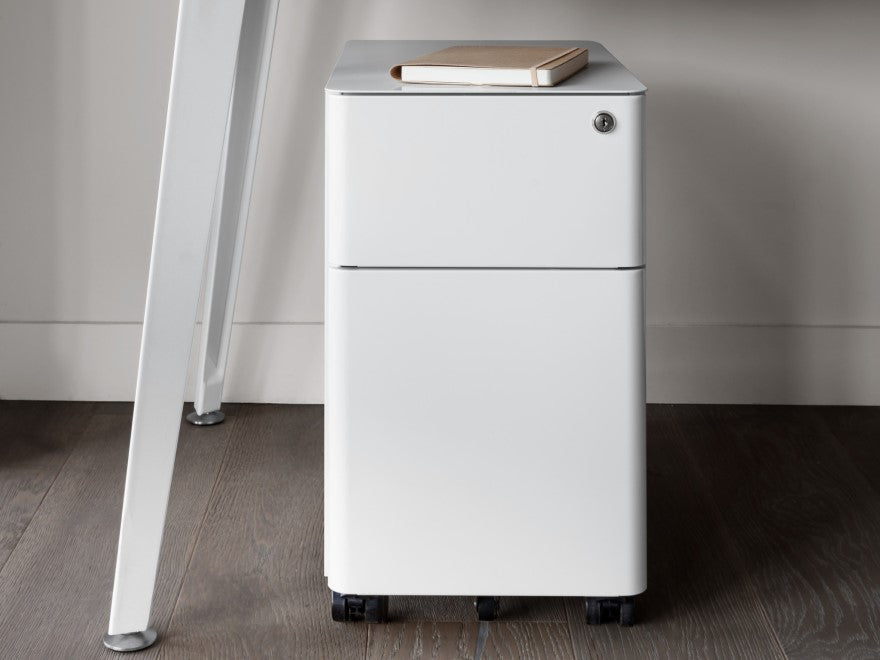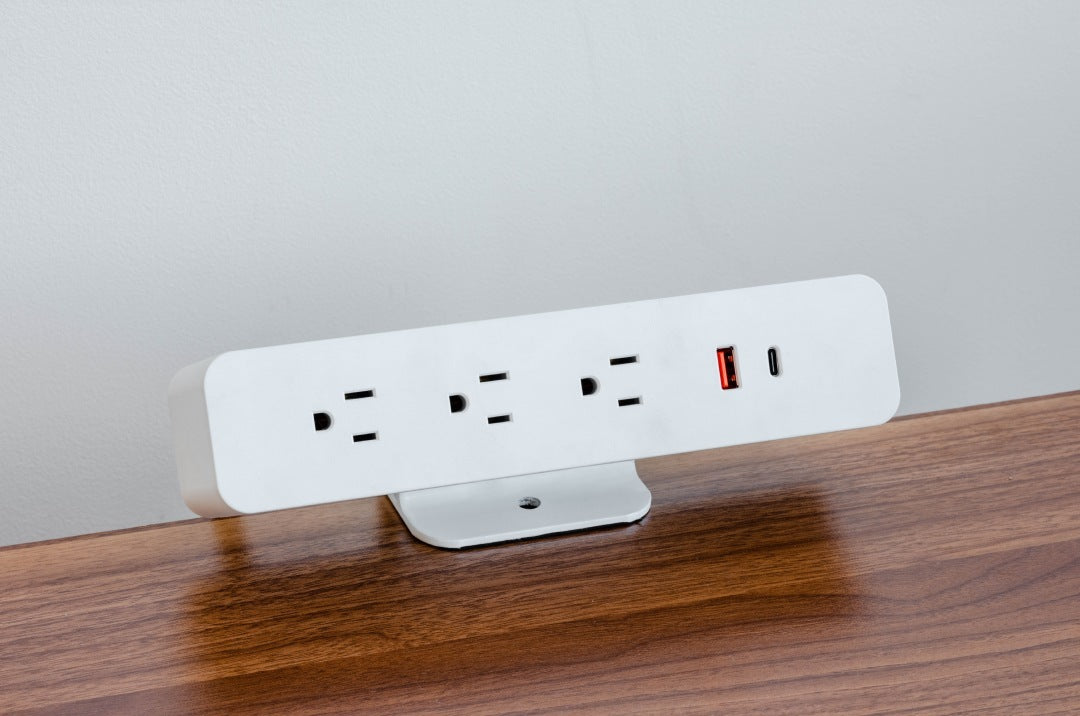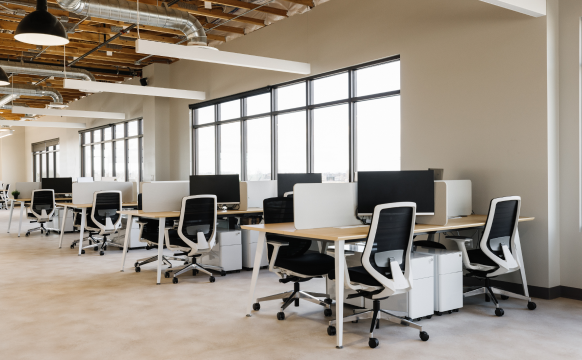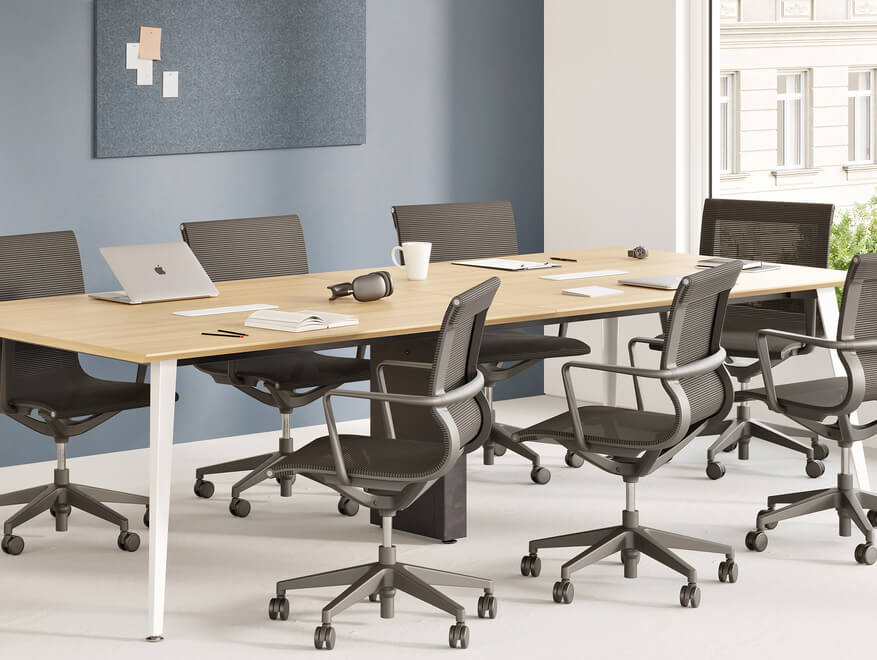The Bureau team spoke with Peter Johnson, Associate in the Global Brokerage group at Avison Young, to get a broker's eye view of the most important trends influencing tenant decision-making--and how brokers and landlords are adapting.
Tell us a bit about yourself.
I work on tenant representation for our office leasing team at Avison Young. I advise and work with my clients to plan for their current and future occupancy needs by providing holistic real estate solutions. I’m also a transplant from the world of financial services (Merrill Lynch Private Bank), which influences my perspective on commercial real estate as well as my approach to relationships in this space. I do my best to think about the long-term health of the relationship and the big picture versus winning any one deal.
From your perspective, what are two or three of the most important trends in commercial real estate right now?
There are so many different ways to approach this question, but I think you have to start on the macro level before getting granular. The recent “flight to quality” is a theme we discuss at nearly every client/prospect meeting. The unprecedented success of Hudson Yards is the perfect example of this. Tenants have shown a particular appetite for this type of new building product—a product which allows its tenants to maximize office efficiency, rentable square feet and the overall workplace experience.
Do you find this flight to quality holds more true for particular types of tenants?
We’ve found it isn’t industry specific—whether you’re talking about financial services or the legal sector, the tenants we previously thought would always remain loyal to the Plaza District have flocked to new building product in Hudson Yards, Meatpacking, FiDi etc. The technology and design of these buildings has caused tenants and brokers to reevaluate the way we approach site selection and workplace solutions. The impact of the efficiencies of the building systems, mechanicals, efficient floor plates cannot be understated—they allow tenants to reduce their footprint while cutting cost on overall lease obligations.
Tenants are the biggest beneficiary of the million square feet of new, class A building supply that has and will be brought to market over the next three years. Manhattan’s existing building product is incredibly dated, and tenants now have so many options when selecting a new office that landlords are bending over backwards to modernize their buildings, offer premium amenities and thus attract and retain their tenants. As an owner, you need to stay relevant or, quite simply, you and your building will be left behind.
How are landlords responding to this evolving macro demand?
Everyone always talks about the substantial tenant allowance packages that are doled out by landlords, which is no doubt true. But from a landlord perspective, owners with aging assets cannot rely on just generous concession packages to lure tenants. They need to put in the necessary capital to update, renovate, and/or amenitize their asset if they want to compete. The “new age” tenant wants a building with a welcoming entrance, double heighted ceiling lobby, modern mechanicals and building systems, sustainability and LEED Certified floors, health and wellness programs, great natural light and outdoor space. When talking about successful building upgrades, I always think about what Aby Rosen did at 285 Madison as a great example. The investment he put into the building paid off, as seen in the uptick in rents and significant leasing activity.
On that note, I think that we are just scratching the surface here and we will continue to see owners update their older assets for the foreseeable future. Recent legislation that has come to fruition over the past few years, will allow for greater competition and incentivize owners in areas like the Garment District and Midtown East with new rezoning laws, REAP/PILOT incentives in FiDi and Brooklyn, and the entire Penn Plaza + Penn Station. Landlords will have no excuse to sit on their assets.
I think leads perfectly into the second trend I wanted to note, which is visible on a more micro level. These new and renovated buildings all share similar features and offerings driven by amenities, convenience and flexibility that meet the needs of today’s tenant.
What’s changed about amenities?
There’s an increasing emphasis on health and wellness, environmental considerations, and a special emphasis on flexibility and convenience. Tenants have shown their hand—they expect their buildings to be amenity driven, they expect the building to be eco-friendly and focused on sustainability, they expect residential-like virtual concierge services, bike storage, perhaps a pop-up barista in the lobby, or outdoor space with soft seating to eat lunch.
Tenants want flexibility in the workplace, open plans, good natural light, conference rooms that can double as event space, yoga classes before work, they want collaboration areas and communal meeting rooms over large perimeter corner offices that have their own zip codes (and block light). These are the things that drive productivity in the workforce—tenants don’t just want these things, they’re now standard practice.
Some may ask, why do amenities matter so much to the “new age” tenant? The answer is simple—they want to attract and retain the best talent. The office is now much more than just a place of work—it’s a space that will separate the brand of the tenant from its competition, reflective of that company and its unique culture. Real estate that considers the changing preferences of today’s workforce optimizes performance, and thus, company profits.
The last point to note is that beyond concessions and amenities, tenants expect this environment to be handled by the landlord. They increasingly expect a full turnkey solution, from the buildout to building amenities to furniture and fittings.
How have the trend toward amenities and flexibility influenced the role of the broker?
Most of the job doesn’t change, and nor does our approach to handling the relationship. We think of ourselves as an extension of our client’s team—an employee of the company. No matter the size of the tenant we are working with, we entrench ourselves in the company, understand its culture, figure out the pain points and what makes them tick. We then analyze every single piece of relevant market data and apply it to come up with the right solution for our client’s unique needs—whether it be a desired layout, location near its clients, or $/rsf.
What has changed is that we now anticipate—and expect—a certain standard from a building’s offering. Every client is different, but when putting select options in front of a client, we will likely show preference to buildings that have the flexibility and amenities mentioned above.
How can brokers adapt to better serve clients in 2019 and beyond?
A few things come to mind. Does the client want a turnkey experience from amenities down to furniture? Find a way to give it to them, whether that means showing the right product or finding a partner to co-create that experience for them.
Second is recognizing that technology will increasingly become part of this experience. The system and the processes brokers use are out of date and inefficient. For example, when we trade lease proposals with a Landlord, it can take up to two weeks to get back a second proposal—that’s ridiculous and bound to change. This is just the tip of the iceberg. Putting together surveys, accessing information, aligning ourselves with partners like Bureau—a broker acts as the nerve center for the many interactions that contribute to inhabiting the right space, and sooner or later this collaboration will be a seamless, integrated and fluid conversation.
At the end of the day, it all goes back to doing what is best for the client. As real estate advisors, in order to position ourselves to best serve the tenant’s evolving needs, it is time to fully embrace a change to the way we streamline our process and systems
Landlord offerings and tenant preferences are evolving, as are the building alternatives being brought to market. There are so many different factors that have to be analyzed before coming up with solutions, it can be overwhelming for the tenant. Yet this holistic approach when working alongside our tenants is what we pride ourselves on - the process needs to be streamlined before creating a strategic plan that fits both the company and its real estate needs. As the landscape for real estate continues to evolve alongside the tenants we serve, it is more important than ever for us to adapt to the client's needs.


